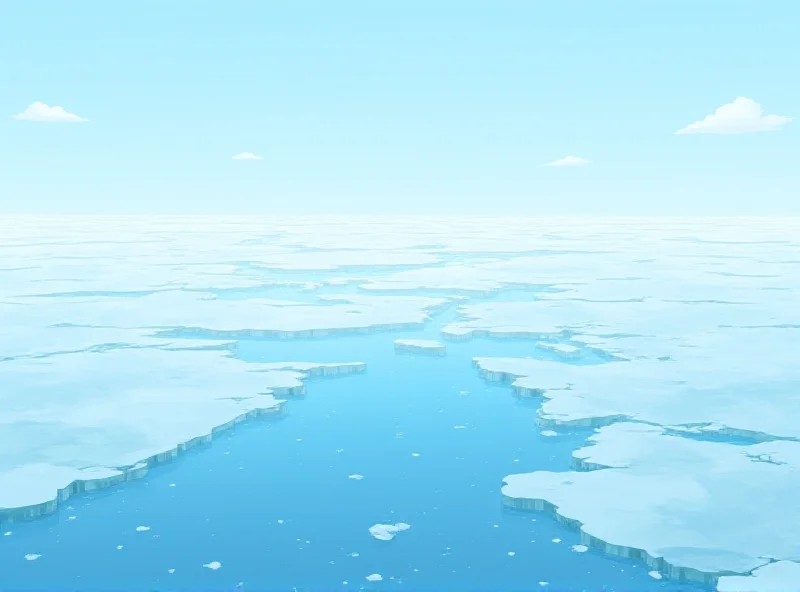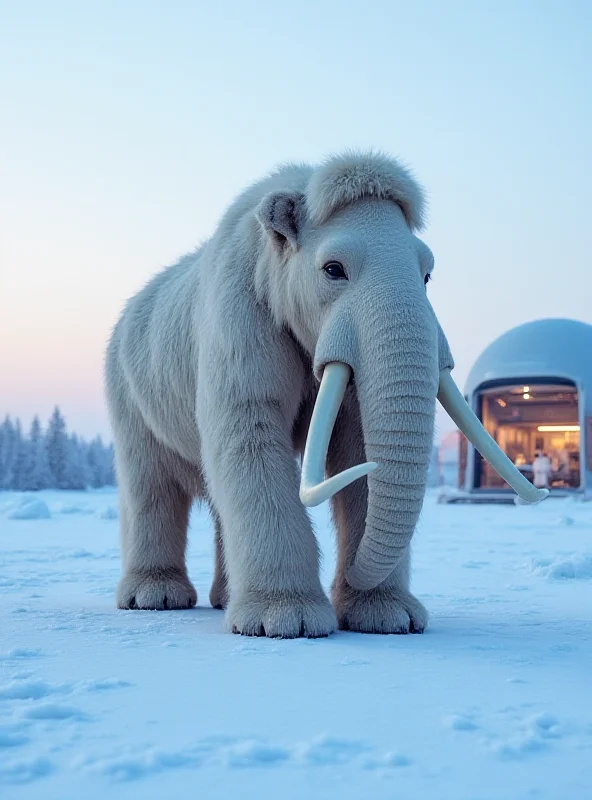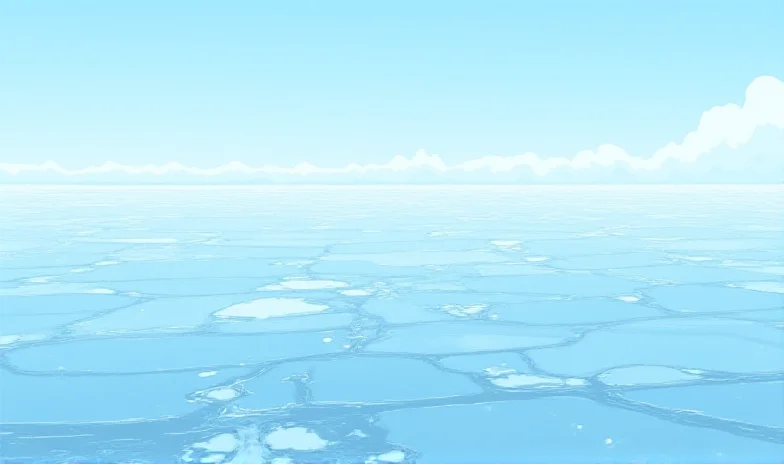The Arctic, a region often associated with icy landscapes and extreme conditions, is a subject of intense scientific study and, unfortunately, a source of misinformation. This article delves into recent research and claims surrounding the Arctic, separating fact from fiction and highlighting some fascinating discoveries.
Debunking Arctic Ice Misinformation
Despite the overwhelming scientific consensus that the Earth's climate is warming due to human activities, false claims continue to circulate online. One such claim, recently seen on Czech social media, suggests that Arctic ice has significantly increased since 2012. It's crucial to analyze such claims with a critical eye and consider the data in context.
Raw numbers can be misleading. While there might be periods where ice cover increases, the overall trend, as confirmed by countless studies, points to a significant decline in Arctic sea ice over the long term. As the Řetězák podcast explores, understanding the context behind the data is essential to combating misinformation. "It's not enough to just look at the numbers," explains a podcast guest. "You need to understand the bigger picture."

Photosynthesis in the Dark
Beyond the debates surrounding ice cover, fascinating discoveries are being made about life in the Arctic. Scientists have found that certain plants under the sea ice are capable of photosynthesis even during the polar night, when there is virtually no sunlight. These cells are able to power photosynthesis at the lowest light levels ever observed in nature. This remarkable adaptation highlights the resilience of life in extreme environments.
This discovery challenges our understanding of photosynthesis and opens up new avenues for research into how organisms can thrive in seemingly impossible conditions.
Mammoth-Like Elephants and Robotics
Perhaps one of the most intriguing developments is the prospect of engineering genetically modified, mammoth-like elephants capable of living in the Arctic. A US company is reportedly conducting experiments on mice with this ambitious goal in mind. While the idea may seem far-fetched, it raises important questions about genetic engineering and the potential for adapting species to changing environments.

On a completely different note, the Czech Republic is making waves in the world of robotics. A team of elementary school students from Doksy recently won the national VEX IQ robotics competition. Their robot, named Jordan, built from a construction kit, impressed judges with its performance. The team is now preparing to represent Czechia at the world championship in Texas.
The success of these young Czech scientists demonstrates the growing interest in STEM fields and the potential for future innovation. Their achievement is a testament to the power of education and the importance of encouraging young people to pursue their passions.

From debunking climate change misinformation to exploring the possibilities of genetic engineering and celebrating the achievements of young scientists, the Arctic continues to be a source of fascination and a focal point for scientific inquiry.
